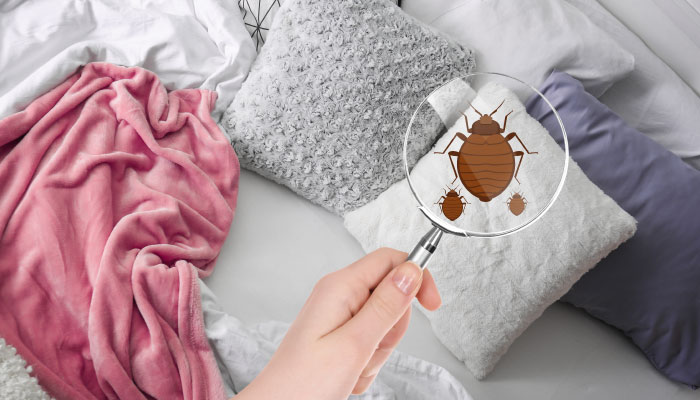Bed bugs are back, and in a big, icky, scratchy way. No part of the country is safe, reports Mental Floss, with the critters spotted in five-star hotels, apartment complexes, student housing, and youth hostels. For owners, agents, and managers of public housing properties—i.e., facilities with beds—this news should put you on high alert. After all, bugs spell trouble on several fronts: property maintenance costs, public relations, and regulatory compliance.
What to do? There are almost as many bed bug treatments out there as there are bed bugs, but many of them aren’t effective, says affordable housing consultant Debbie Hixon. For a comprehensive solution you need to employ Integrated Pest Management (IPM), which Hixon says is an effective and environmentally-sensitive approach to bed bug management. Hixon outlines IPM in her webinar for Audio Solutionz, “IPM Method of How to Deal with the Pandemic of Bed Bugs.”
No Seasonal, Climate, or Geographic Preference
First off, a couple of facts about bed bugs. They don’t just live in dirty places, reports the Environmental Protection Agency (EPA). They are attracted to warmth, blood, and carbon dioxide. They prefer darkness but will still bite if you keep the light on. They don’t transmit diseases and may—or may not—be controlled with pesticide applications.
Be bugs are found in every part of the country, from big cities to small, from arid deserts to humid coastal cities, according to Orkin, the pest-killing company. According to company treatment data, bed bugs are most common in Baltimore; Washington, D.C.; Chicago; Los Angeles; and Columbus, Ohio.
“The number of bed bug infestations in the United States is still rising,” says Dr. Tim Husen, an Orkin entomologist. “They continue to invade our homes and businesses on a regular basis because they are not seasonal pests, and only need blood to survive,” he says.
Bad news: The top three places where pest pros report finding bed bugs are apartments/condominiums, single-family homes, and hotels/motels, according to a 2015 Bugs without Borders Survey by the National Pest Management Association.
Look for Stains, Bites, and Eggs
Treatment is a challenge for many reasons, not least of which is that a female bed bug lays three to five eggs per day.
Clues that bed bugs may abound include:
- Living bed bugs—they are about the size of an apple seed
- Tiny, ink-colored stains on mattress seams, in soft furniture, or behind headboards
- Eggs and egg shells, which are about 1 mm long
- Molted skins
- Bed bug bites
Eradication: Everything from IPM to Peppermint Oil
Home remedies for eradicating bed bugs vary widely. For example, Natural Living Ideas suggests diatomaceous earth, obsessive-compulsive vacuuming, layers of baking soda, and a spritz of peppermint oil. Home Remedy Hacks adds liberal use of a hair dryer, scrubbing a mattress seam with a stiff brush, and crushed Indian lilac leaves.
Best of all, says the EPA, is IPM.
“IPM takes advantage of all appropriate pest management options, including the judicious use of pesticides,” the agency reports. “Although bed bugs may sometimes be controlled by non-chemical means alone, this approach is often very difficult, potentially less effective, and usually more resource intensive.”
What is IPM Method pest control? This approach “uses information about the pest in order to choose methods of control that are safest and most effective,” reports PennState Extension.
IPM is not a single method but a set of evaluations, decisions, and controls. The EPA suggests you:
- Set action thresholds
- Monitory and identify pests
- Enact a prevention program
- Initiate control procedures
“Pesticides are used only after monitoring indicates they are needed according to established guidelines, and treatments are made with the goal of removing only the target organism,” reports the University of California’s Agriculture and Natural Resources department. “Pest control materials are selected and applied in a manner that minimizes risks to human health, beneficial and non-target organisms, and the environment.”
No, it won’t be easy, says Hixon, and yes, it will take time and resources, but for property owners and managers concerned about bed bug infestations, hoping the problem will go away is not an option.




